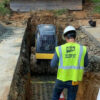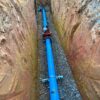Turn Maryland’s intense rain days into long-term asset protection and compliance—without surprise violations or emergency costs.
Baltimore’s summer cloudbursts and winter slush events deliver millions of gallons of runoff across rooftops, parking lots, and loading docks every single year. When that water is not handled correctly, commercial properties in Baltimore Maryland face fines from the Maryland Department of the Environment, slip-and-fall liability claims, and even closure due to highway flooding at critical intersections like I-695 and I-83. The good news? Adopting a proactive approach to commercial stormwater management not only keeps inspectors happy—it can also increase curb appeal, lower insurance premiums, and protect your capital investment in heavy excavation or infrastructure.

Below, we unpack five actionable strategies custom-built for property managers, landlords, and developers operating within the Baltimore metro region—complete with code nuances, typical maintenance costs, and excavation timelines.
1. Schedule “Surprise-Free” Annual Inspections
At least once every twelve months, Maryland law requires all Commercial Stormwater Best Management Practices (BMPs) to pass a certified inspection. Rather than waiting for that dreaded green postcard from the City Department of Public Works, smart operators lock in spring inspections during the dry weeks of May or early June—well ahead of hurricane season. Budget $0.15–$0.25 per square foot of impervious surface and you’ll get a stamped report, minor repairs handled on the spot, and zero escalation letters.
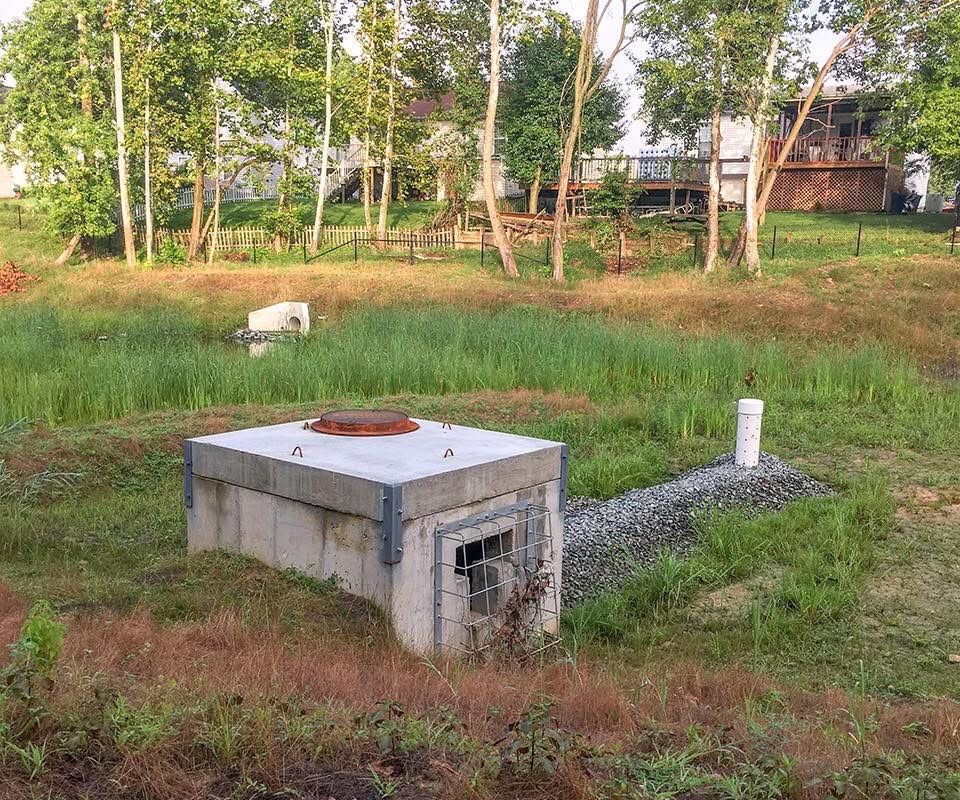
2. Convert Underutilized Parking Strips into Bio-Swales
Older industrial plazas around Druid Hill Park and the Port Covington corridors often have wide concrete medians that do nothing but radiate heat. Removing 300–600 square feet of pavement and installing engineered bio-swales delivers two wins:
- Intercepts up to 80 % of suspended solids before they clog your downstream detention system, cutting future dredging costs.
- Improves marketable green space—a modest but visible amenity that tenants notice on site tours, especially for flex-lab developments.
Typical excavation runs three to five days, including asphalt removal, soil amendment, and hydroseeding with native sedge mixes.
3. Install Modular Underground Vaults in Tight Urban Lots
Land values around Harbor East won’t justify surface retention ponds, yet code still demands storage volume. High-strength concrete arch systems sit beneath drive lanes, achieving 30–40 % more volume than corrugated metal pipe in the same footprint. When excavation crews have to work around live utilities, plan two extra days for potholing and traffic control, but the end result is invisible stormwater storage directly under profitable leasable square footage.
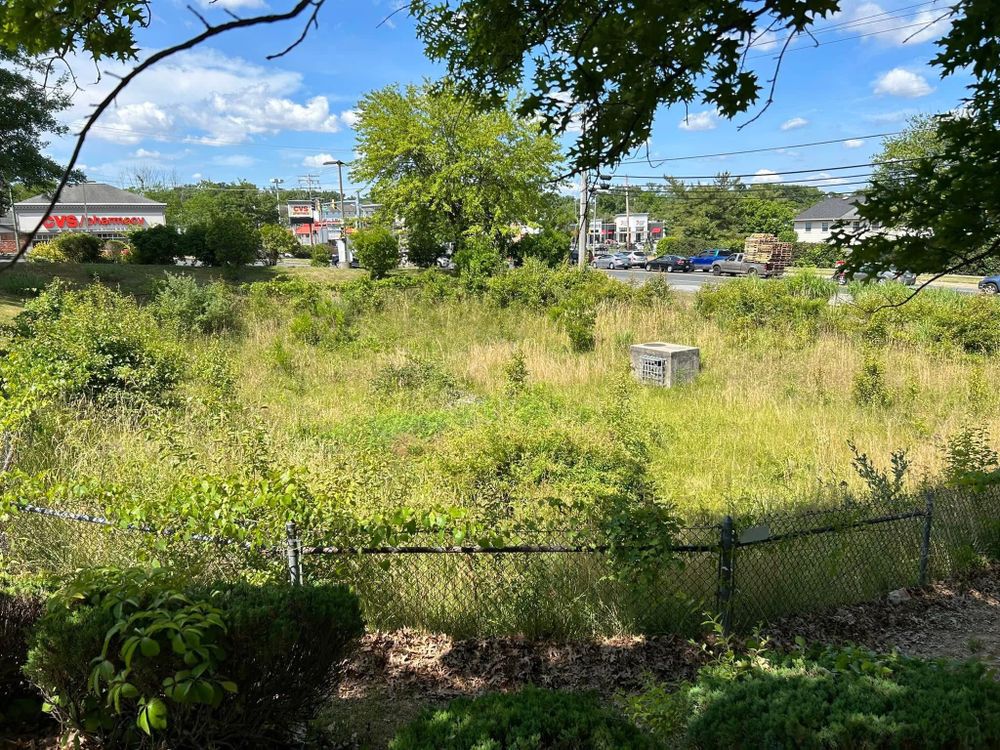
4. Budget for Proactive Silt Removal—Not Emergency Pumping
Sediment build-up often goes unnoticed until a 100-year storm chokes a riser and backs water into your loading dock. On most commercial stormwater management assets in Baltimore Maryland, 15–25 % of the original storage is lost every decade without maintenance. Scheduling vacuum truck and confined-space entry services during off-peak business hours (5:00 AM–8:00 AM) keeps shipping and freight operations running smoothly while extending BMP life by 10–15 years.
5. Pair Tree-Box Filters with LED Parking-Lot Upgrades
Many DEP grants cover 40–60 % of tree-box filter installation when they also reduce impervious surface or total suspended solids loading. Link that retrofit to a simultaneous LED lighting project and you may qualify for BGE commercial rebates. The combined upgrade signals environmental stewardship to prospective tenants and can shave two to three LEED points off your next renovation.
Planning Your Next Steps
The economics are clear: every $1 invested in routine stormwater inspections and minor repairs can prevent $4–$6 in emergency excavation or regulatory fines within three years. If one or more of the strategies above sparked an idea for your warehouse, medical campus, or multi-family site, the next move is simple. Gather your last inspection letter, any site drawings, and shop online for a reputable partner. For more details, visit our main Commercial Stormwater Management page.
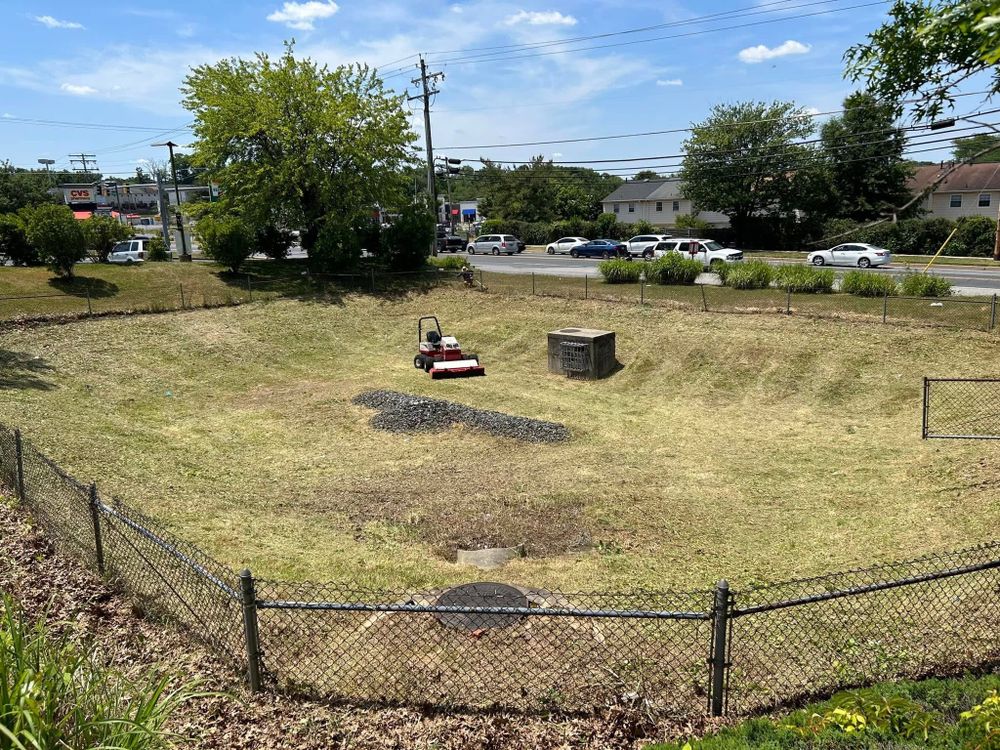
Ready to protect your Baltimore Maryland property before the next weather bulletin? Reach out today to schedule a free stormwater walk-through, receive a same-day budget estimate, and take the first step toward long-term compliance and peace of mind.

